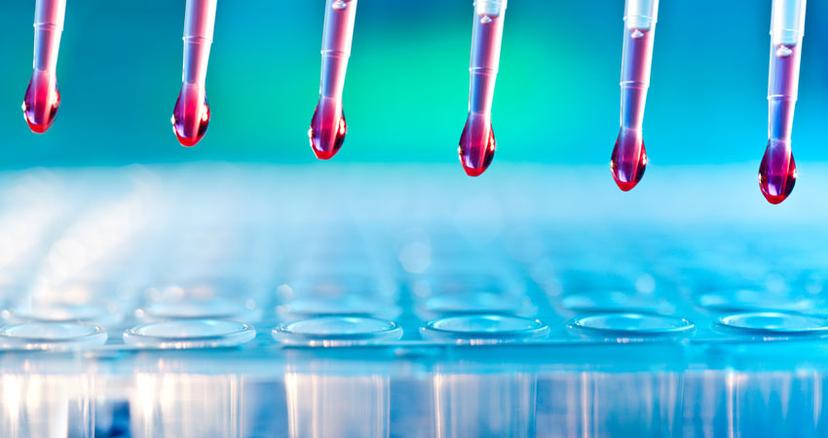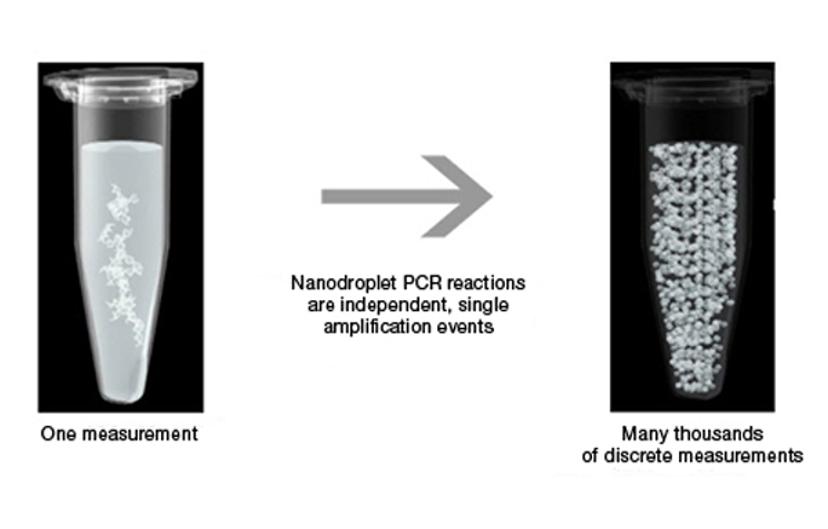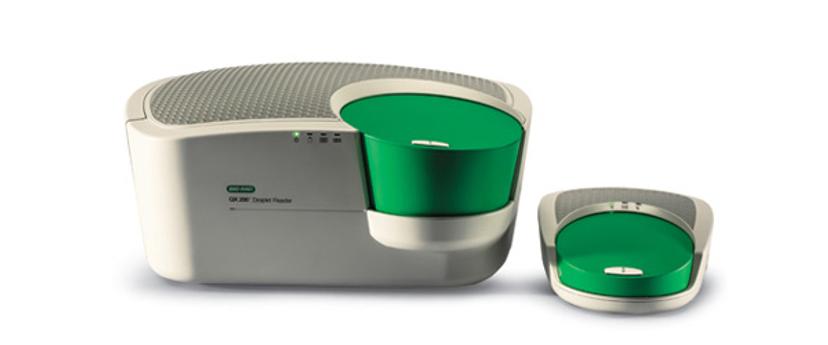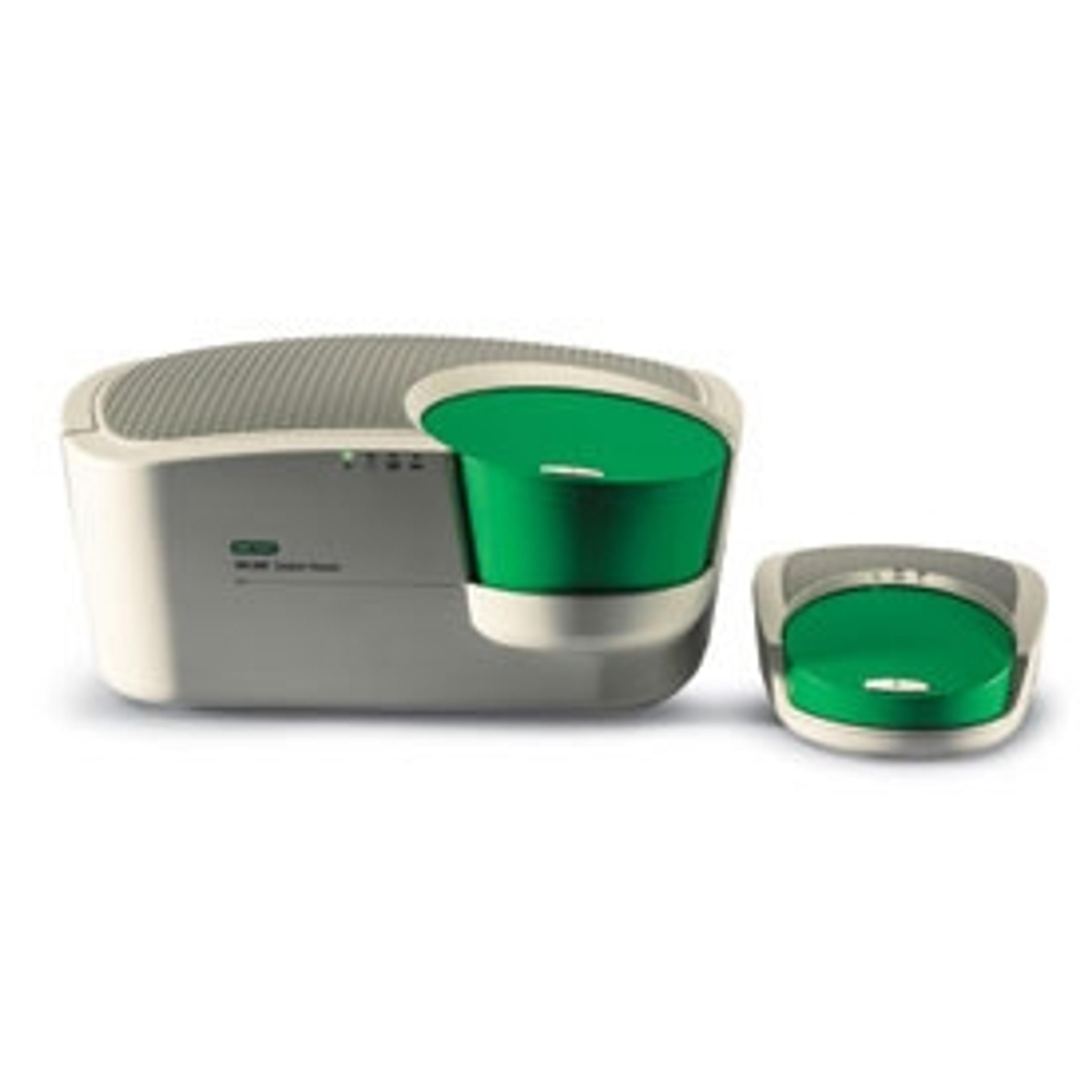Technology Showcase: How to Use Bio-Rad’s Droplet Digital PCR
Discover the science behind the technology and read real, unbiased customer reviews
11 May 2017

Droplet Digital PCR is based on water-oil emulsion droplet technology
Image: Shutterstock
Droplet Digital PCR (ddPCRTM) is Bio-Rad’s unique PCR technology based on water-oil emulsion droplet technology. In this article, learn more about this novel technology and find out what the scientists using ddPCR have to say about it.
What is droplet digital PCR?
ddPCR technology uses microfluidics and proprietary surfactant chemistries to divide PCR samples into water-in-oil droplets. PCR amplifications occur inside each droplet, using reagents and workflows typical of most standard TaqMan probe-based assays. Each droplet effectively acts like an individual test tube, allowing for massive sample partitioning. The creation of tens of thousands of droplets means that a single sample can generate tens of thousands of data points, rather than a single result. This data generation brings the power of statistical analysis to PCR analysis.

Unlike traditional PCR, ddPCR allows many thousands of discrete measurements to be carried out simultaneously.
Image provided courtesy of Bio-Rad
The Droplet Digital PCR System
Bio-Rad’s QX200TM Droplet DigitalTM PCR System automates the ddPCR workflow of droplet generation, thermal cycling, droplet reading and data analysis. The system consists of two instruments, the QX200 Droplet Generator and the QX200 Droplet Reader, plus the associated software and consumables.
Nucleic acid samples are prepared in the same way as for traditional real-time PCR assays, using primers, fluorescent probes and a special supermix designed for use with the system. The QX200 Droplet Generator then partitions samples for PCR amplification. Just 20 µl of sample creates 20,000 evenly sized, nanoliter-sized droplets. The droplets are transferred into a 96-well PCR plate and amplification is carried out with a thermal cycler, after which the droplets are analyzed individually on the QX200 Droplet Reader.

QX200™ Droplet Digital™ PCR System
Sample analysis
The data produced by the ddPCR process is analyzed using Poisson statistics to determine the target DNA template concentration in the original sample. ddPCR QuantaSoftTM software reads the positive and negative droplets in each sample, and plots the fluorescence droplet by droplet. The fraction of positive droplets determines the concentration of the target in the sample.
Customer reviews for the QX200™ Droplet Digital™ PCR System
You’ve read about the technology behind droplet digital PCR, now discover what the scientists using the system have to say.
- 5 stars "So far, the droplet technology has been pretty straightforward to use and teach to others. It has thus far replicated several differential gene expressions and copy number studies in our lab." Robert Thompson, University of Michigan
- 5 stars "Effective in detecting viral mutations. High quality results with easy use. Highly recommended. Great company with extensive support. Cost effective." John Chen, Global IT Solutions
- 4 stars "It provides an absolute count of target DNA copies per input sample without the need for standard curves, which makes it easier to use compared to real-time PCR in which there may be variations due to reference gene amplification. Also, simple and easy-to-use workflow with 96-sample throughput does not require multiple dilution steps. " Abirami Santhanam, Cleveland Clinic Foundation|
- 5 stars "Very easy to operate, providing excellent results. Very reliable as well!" Rodrigo Santos, Horizon Discovery
- 5 stars "When you’re qPCR detecting a Cq over 32, the best technique is to use the highly sensitive QX 200 ddPCR." Afif Abdel Nour, King AbdulAziz University
Read more reviews for the QX200™ Droplet Digital™ PCR System
Leave a review for the QX200™ Droplet Digital™ PCR System
Related reading:
How Revolutionary PCR Technology is Advancing Vital Cancer Research

